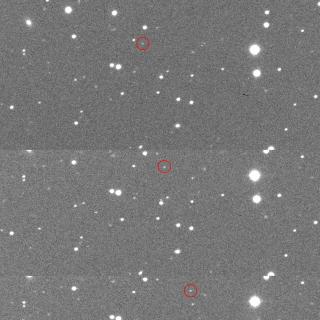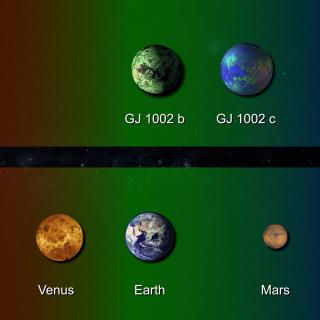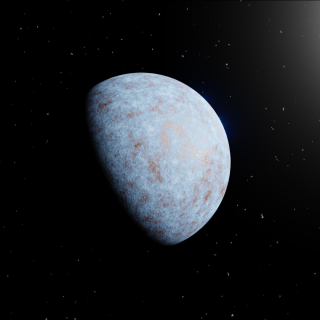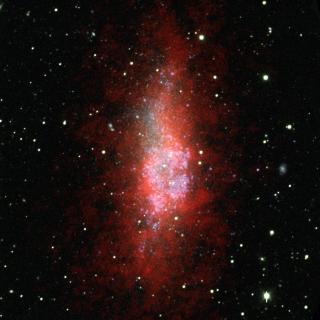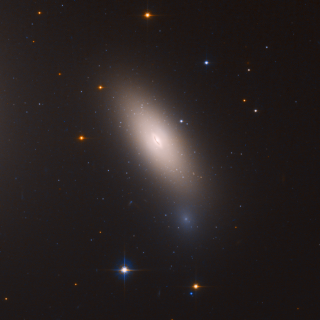
The amount and complexity of data delivered by modern galaxy surveys has been steadily increasing over the past years. New facilities will soon provide imaging and spectra of hundreds of millions of galaxies. Extracting coherent scientific information from these large and multi-modal data sets remains an open issue for the community and data-driven approaches such as deep learning have rapidly emerged as a potentially powerful solution to some long lasting challenges. This enthusiasm is reflected in an unprecedented exponential growth of publications using neural networks, which have gone
Advertised on
